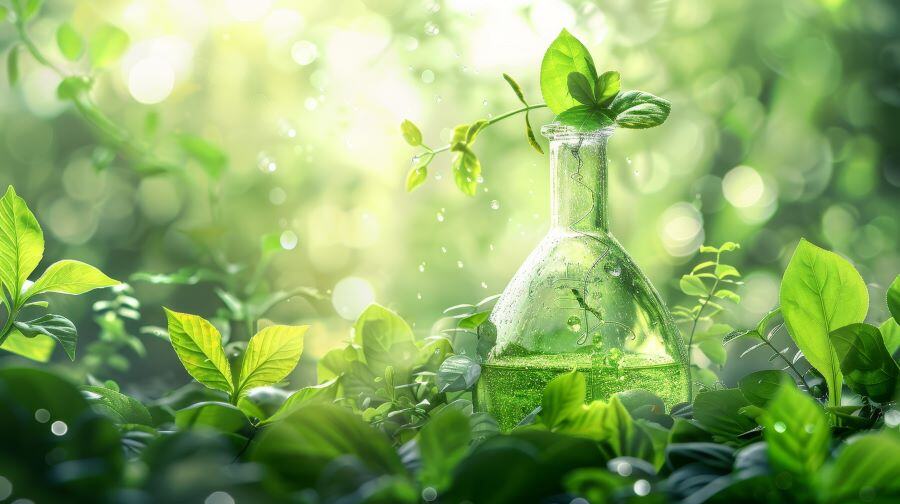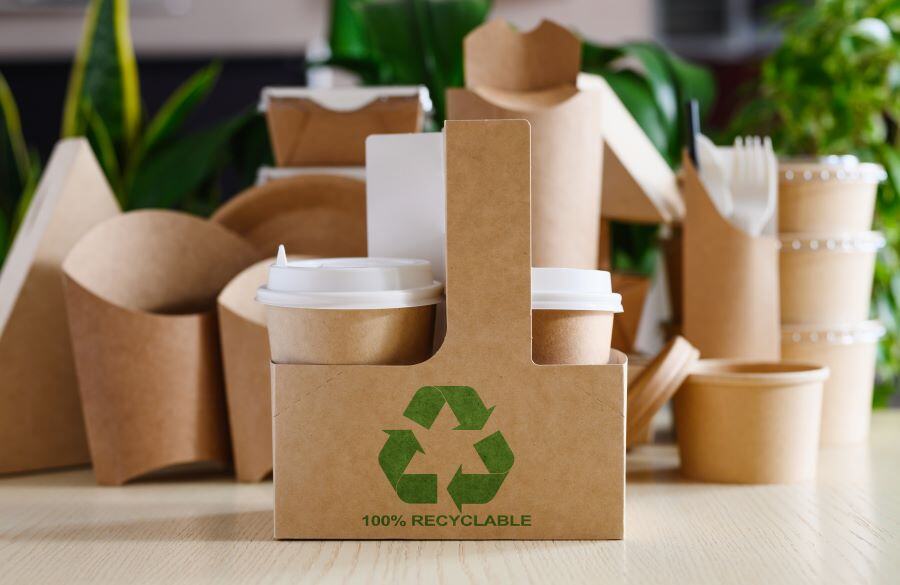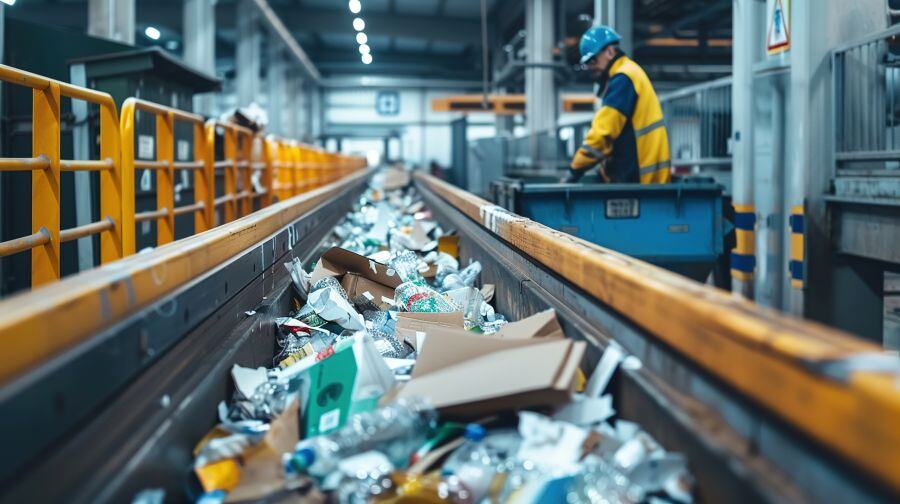Future Trends in Environmentally Safe Chemicals
Driven by increasing consumer awareness and regulatory pressure to reduce the use of hazardous substances, the chemicals industry is shifting to greener, environmentally safer chemicals and replacing traditional ones. As a result, new, non-toxic chemicals are being developed.
Environmentally safe chemicals present several advantages over their traditional counterparts. They reduce the risk of toxic exposure, minimize air and water pollution, and often result in lower greenhouse gas emissions. Additionally, these safer chemicals often leave behind fewer harmful residues once they degrade.
Key market categories driving this initiative include:
Bio-Based Chemicals
Bio-based chemicals replace traditional fossil fuel-based stocks with biologically sourced materials, often from plants and algae. Demand for these chemicals is on the rise, with projections indicating a compound annual growth rate (CAGR) of 10% to 15% by 2027.
Biochemicals are used in plastics, solvents, adhesives, and packaging. The textiles, automotive, and packaging industries are beginning to implement bio-based chemical solutions. For example, eco-friendly fibers are becoming more popular in textiles, the automotive industry is using bio-based lubricants, and the packaging industry is implementing bio-based materials and chemicals.
Common biodegradable plastics include:
- Bioethanol
- Polylactic acid (PLA)
- Polyhydroxyalkanoates (PHA)
- Sorbitol
- Furfural
- Glycerol
Biodegradable Plastics
Biodegradable plastics achieved commercial viability in the 1990s. Often derived from sustainable sources, these plastics decompose more easily than traditional plastics and typically emit fewer greenhouse gas emissions during production.
The biodegradable plastics market is projected to grow at a CAGR of over 20% through 2025, driven by rising environmental awareness, consumer demands, and technological advancements.
Biodegradable plastics are used in a wide range of applications, from packaging, consumer goods, and textiles to medical and agricultural applications.
Common biodegradable plastics include:
- Polyhydroxyalkanoates (PHA)
- Starch-based plastics
- Polylactic acid (PLA)
- Cellulose-based plastics
Non-Toxic Flame Retardants
Unlike traditional flame retardants, which often rely on bromine or phosphorus compounds, non-toxic flame retardants are commonly derived from natural materials such as vegetable oils. These safe alternatives enhance fire safety while reducing health risks, making them ideal for consumer goods and industrial products.
The market for non-toxic flame retardants is forecast to grow at a CAGR of 5% to 7% through the 2020s, driven by increasing consumer demand, stricter regulations, and new non-toxic formulations.
These retardants are used in textiles for clothing and upholstery, building materials such as insulation and coatings, automotive interiors, and circuit boards for electronic applications.
Examples of environmentally safe flame retardants include:
- Silicone-based flame retardants
- Intumescent coatings
- Boric acid
- Magnesium hydroxide
- Aluminum hydroxide
- Chitosan
Green Agricultural Chemicals
The market for green agricultural chemicals is projected to grow at a CAGR of between 8% to 12% driven by consumer and regulatory demands for more sustainable farming practices.
These chemicals, often derived from natural sources, help reduce toxicity, improve soil health, and minimize harmful runoff into water bodies.
Products that use green agricultural chemicals include:
- Organic fertilizers
- Biopesticides and bioherbicides
- Plant growth promoters derived from humic acid and microorganisms
- Traps that use natural pheromones to attract and capture pests
Green Solvents
While the use of green solvents dates back centuries, development of modern green solvents began in the 1990s.
Often derived from renewable feedstocks, these solvents are becoming more popular in the market, with a projected CAGR of 5% to 8%.
Many green solvents boast reduced volatility, biodegradability, and low toxicity. They are used in cleaning agents, natural herbicides, personal care products, coatings, pharmaceuticals, and inks.
Common green solvents include:
- Ethanol
- Lactic acid
- Glycerol
- Acetic acid
- Ethyl lactate
- Dimethyl carbonate (DMC)
- Propylene glycol
- Supercritical carbon dioxide (scCO₂)
Eco-Friendly Surfactants
Eco-friendly surfactants are surface-active agents derived from plant-based sources, such as sugars and fatty acids. They are typically biodegradable, non-toxic, and renewable.
The market for eco-friendly surfactants is forecast to grow at a CAGR of between 6% to 10% over the next several years. Growth drivers include consumer demand for more environmentally friendly products, increasing regulation, and technological advancements.
Eco-friendly surfactants are used in applications such as cleaning products, personal care items, and industrial processes.
Common examples of eco-friendly surfactants include:
- Alkyl polyglucosides (APGs)
- Sodium lauryl sulfoacetate (SLSA)
- Cocamidopropyl betaine
- Sucrose esters
- Lecithin
- Sodium cocoyl isethionate
- Glycerol monolaurate
Industry Intelligence Helps You Monitor Sustainability Trends
The environmentally safe chemicals market is constantly evolving. Stay ahead of the latest updates with Industry Intelligence Inc. We offer targeted market intelligence solutions that provide insights into sustainability trends, new products, consumer demands, and regulatory environments.
Industry Intelligence can help you identify opportunities, spot potential challenges, and make informed business decisions.
For more information on our range of solutions, contact us today at Info@IndustryIntel.com for a consultative demo.


